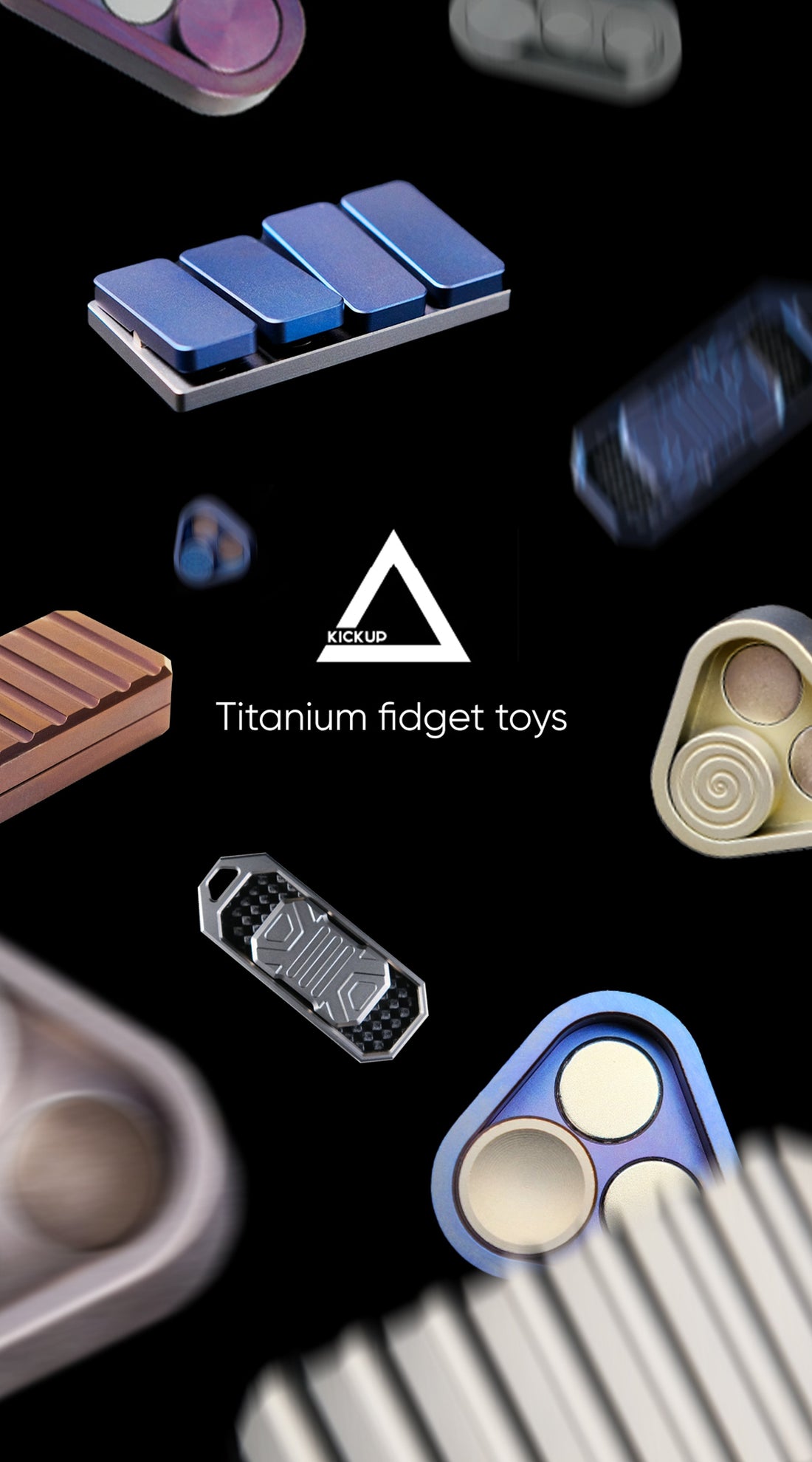
Magnetic vs. Clicker: Which fidget toy is right for you?
Fidget toys have gained immense popularity in recent years, providing both entertainment and therapeutic benefits for individuals dealing with stress, anxiety, and attention difficulties. Among the most popular types are magnetic sliders and clicker fidget toys. While both serve the same fundamental purpose of offering a satisfying tactile experience, they differ in mechanism, feel, and benefits. Understanding these differences can help you decide which type is right for you.
Magnetic fidget toys: precision and smoothness
Magnetic fidget toys, often referred to as sliders, use powerful neodymium magnets to create a smooth, controlled movement between metal plates. These toys offer a seamless gliding sensation that can be both soothing and engaging. The magnetic resistance creates a unique feedback loop that allows for precise control over each movement, making them a favorite among those who enjoy a silent yet immersive fidgeting experience.

Benefits of magnetic fidget toys:
- Smooth and silent: The sliding mechanism produces minimal noise, making it ideal for quiet environments like offices and classrooms.
- Customizable resistance: Some models allow users to adjust the strength of the magnets, altering the resistance level for a tailored experience.
- Satisfying tactile feedback: The magnetic pull and release create a controlled sensation that many find deeply engaging.
- Durability: Typically made from high-grade metals like titanium or aluminum, these toys are built to last.
Potential drawbacks:
- Higher price point: Due to the quality of materials and precision engineering, magnetic sliders can be more expensive than other fidget toys.
- Less audible feedback: If you prefer a more audible, clicky experience, the quiet nature of these sliders may not be as satisfying.
Clicker fidget toys: tactile and audible satisfaction
Clicker fidget toys, as the name suggests, provide a pronounced clicking sound and a more noticeable tactile response. They usually feature buttons, switches, or levers that make a distinct sound when pressed. This type of fidget toy is ideal for those who enjoy more interactive and rhythmic fidgeting.

Benefits of clicker fidget toys:
- Audible satisfaction: The clicking noise can be incredibly gratifying for those who enjoy auditory stimulation.
- Rhythmic engagement: Many users find the repetitive clicking motion helps with focus and cognitive engagement.
- Compact and portable: Clickers are often small and easy to carry, making them an excellent option for on-the-go use.
- Affordable options available: Unlike high-end magnetic fidget toys, clickers often come in a wider range of price points.
Potential drawbacks:
- Noisy in quiet spaces: The clicking sound, while satisfying, may not be suitable for work or study environments where silence is preferred.
- Less smooth sensation: Compared to the fluid motion of magnetic sliders, clickers provide a more abrupt and rigid tactile experience.
Which one should you choose?
The decision ultimately depends on your personal preferences and where you plan to use the toy. If you prefer a smooth, silent, and durable fidget toy with adjustable resistance, a magnetic slider is likely the better choice. However, if you enjoy audible feedback, rhythmic engagement, and a more interactive experience, a clicker fidget toy might suit your needs better.
Both options offer unique benefits, and for some, the ideal solution may be to own both types for different situations. Whether you need a quiet tool for focus or a satisfying click for stress relief, there is a fidget toy that fits your lifestyle perfectly.
